Intro
Discover pravastatin side effects, including muscle pain, liver damage, and cognitive issues, and learn how to manage risks with statin therapy, cholesterol management, and cardiovascular health.
The importance of understanding the potential side effects of medications cannot be overstated, especially when it comes to statins like pravastatin. Pravastatin is a commonly prescribed medication used to lower cholesterol levels in the blood, thereby reducing the risk of heart disease. While it is effective in managing cholesterol, like all medications, it can cause side effects in some individuals. The severity and likelihood of these side effects can vary widely from person to person. It is crucial for patients to be aware of the possible side effects to ensure they can manage them effectively and maintain their overall health.
Pravastatin, like other statins, works by inhibiting the enzyme HMG-CoA reductase, which plays a key role in the production of cholesterol in the liver. By reducing the amount of cholesterol produced in the liver, pravastatin helps decrease the overall level of cholesterol in the blood. This can significantly reduce the risk of cardiovascular events such as heart attacks and strokes. However, the process of altering cholesterol production can also lead to various side effects, some of which may be mild and temporary, while others can be more severe and require medical attention.
Understanding the potential side effects of pravastatin is essential for anyone considering or already taking this medication. It allows individuals to make informed decisions about their health care, to recognize when side effects may be occurring, and to take appropriate action if necessary. Furthermore, being aware of the potential side effects can help individuals work more effectively with their healthcare providers to manage their cholesterol levels while minimizing any adverse effects of the medication. This collaborative approach can lead to better health outcomes and an improved quality of life for those taking pravastatin.
Common Side Effects of Pravastatin
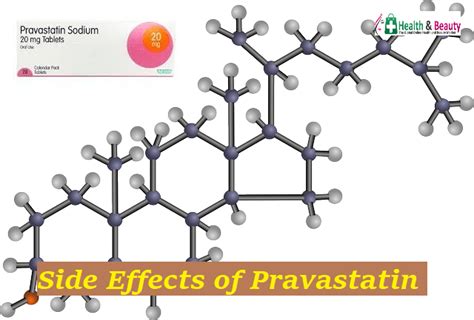
The common side effects of pravastatin are generally mild and may include headache, nausea, vomiting, diarrhea, constipation, and muscle pain. These side effects are often temporary and may resolve on their own as the body adjusts to the medication. However, if these symptoms persist or worsen over time, it is important to consult with a healthcare provider. In some cases, adjusting the dosage or switching to a different statin may be necessary to alleviate side effects.
Less Common but Serious Side Effects
Some individuals may experience less common but more serious side effects while taking pravastatin. These can include increased liver enzymes, which may indicate liver damage, and myopathy, a condition characterized by muscle weakness. In rare cases, pravastatin can cause rhabdomyolysis, a severe form of myopathy that can lead to kidney failure. It is essential for patients to be aware of the signs of these conditions, such as unexplained muscle pain or weakness, and to seek medical attention immediately if they occur.Benefits of Pravastatin
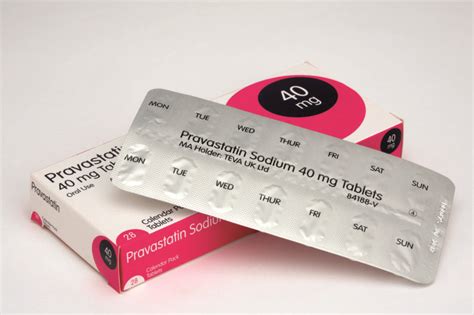
Despite the potential for side effects, pravastatin offers significant benefits for individuals with high cholesterol. By effectively lowering LDL (bad) cholesterol and triglycerides, while also increasing HDL (good) cholesterol, pravastatin can help prevent the buildup of plaque in the arteries, reducing the risk of heart attacks and strokes. This can lead to a significant improvement in cardiovascular health and a reduction in the risk of premature death due to heart disease.
Steps to Minimize Side Effects
To minimize the risk of side effects while taking pravastatin, several steps can be taken. Firstly, it is crucial to follow the prescribed dosage and not to exceed it, as higher doses can increase the risk of side effects. Secondly, regular monitoring of liver enzymes and cholesterol levels can help identify any potential issues early on. Additionally, maintaining a healthy lifestyle, including a balanced diet, regular exercise, and avoidance of excessive alcohol consumption, can help maximize the benefits of pravastatin while reducing the risk of side effects.Working Mechanism of Pravastatin
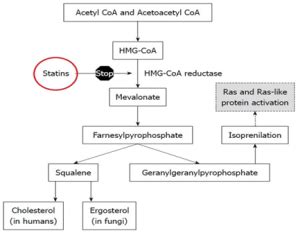
Pravastatin works by competitively inhibiting the enzyme HMG-CoA reductase, which is necessary for the production of cholesterol in the liver. By reducing the activity of this enzyme, pravastatin decreases the amount of cholesterol produced in the liver, leading to lower levels of LDL cholesterol in the blood. This mechanism of action is specific to the liver, making pravastatin a targeted therapy for reducing cholesterol production.
Key Information for Patients
For patients taking pravastatin, it is essential to be aware of the following key information: - Take the medication as directed by your healthcare provider. - Do not stop taking pravastatin without consulting your healthcare provider. - Regularly monitor your cholesterol levels and liver function. - Inform your healthcare provider about any other medications you are taking, as some may interact with pravastatin. - Report any side effects, especially muscle pain or weakness, to your healthcare provider promptly.Practical Examples and Statistical Data
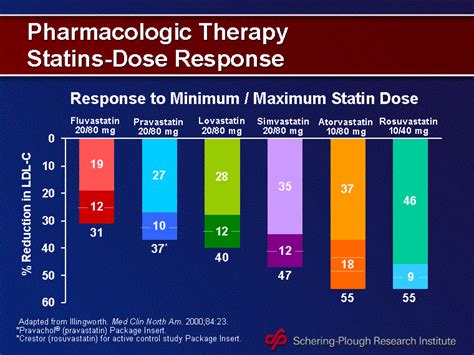
Numerous studies have demonstrated the efficacy of pravastatin in reducing cholesterol levels and the risk of cardiovascular events. For example, the West of Scotland Coronary Prevention Study (WOSCOPS) showed that pravastatin significantly reduced the risk of heart attacks and strokes in individuals with high cholesterol. Statistical data from such studies provide valuable insights into the benefits and risks of pravastatin, helping healthcare providers make informed decisions about its use.
Enhancing Readability and Understanding
To enhance readability and understanding, the following points summarize the key aspects of pravastatin: - **Effectiveness**: Pravastatin is effective in lowering LDL cholesterol and reducing the risk of heart disease. - **Side Effects**: Common side effects include headache, nausea, and muscle pain, while rare but serious side effects can include liver damage and myopathy. - **Benefits**: The medication offers significant cardiovascular benefits, improving overall health and reducing the risk of premature death. - **Usage**: Patients should follow the prescribed dosage, maintain regular monitoring, and adopt a healthy lifestyle to maximize benefits and minimize side effects.SEO Optimization for Better Relevance

Ensuring that information about pravastatin is SEO-optimized is crucial for making it accessible to individuals seeking to understand the medication's benefits and risks. By using relevant keywords and phrases, such as "pravastatin side effects," "benefits of pravastatin," and "working mechanism of pravastatin," individuals can find comprehensive and accurate information to inform their healthcare decisions.
Diversifying Language for Clarity
Diversifying language by using synonyms and related phrases can enhance clarity and readability. For example, instead of repeatedly using the term "side effects," phrases like "adverse reactions," "medication responses," or "potential risks" can be used. This approach not only improves the flow of the content but also helps in SEO optimization by incorporating a variety of relevant keywords.Encouraging Engagement and Action
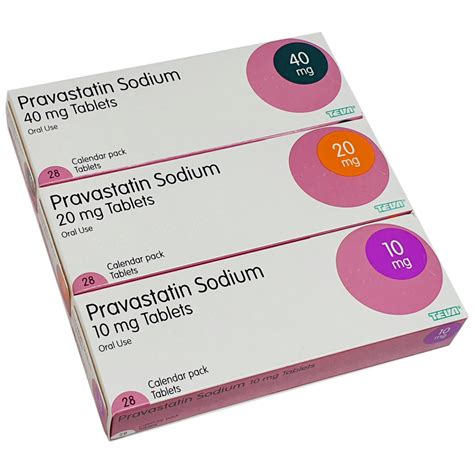
As individuals consider or continue their treatment with pravastatin, it is essential to encourage engagement and action. This can involve discussing any concerns or questions with a healthcare provider, sharing personal experiences with others to raise awareness, or participating in health-related forums and discussions. By taking an active role in their healthcare, individuals can better manage their cholesterol levels, minimize the risk of side effects, and maximize the benefits of pravastatin.
A Call to Action for Better Health
In conclusion, understanding the side effects, benefits, and working mechanism of pravastatin is crucial for making informed decisions about cholesterol management. By staying informed, engaging with healthcare providers, and adopting a healthy lifestyle, individuals can effectively manage their cholesterol levels and reduce the risk of heart disease. We invite readers to share their thoughts, experiences, or questions about pravastatin in the comments section below, contributing to a community of individuals committed to improving cardiovascular health.What are the most common side effects of pravastatin?
+The most common side effects of pravastatin include headache, nausea, vomiting, diarrhea, constipation, and muscle pain. These side effects are generally mild and temporary.
How does pravastatin work to lower cholesterol?
+Pravastatin works by inhibiting the enzyme HMG-CoA reductase, which is necessary for the production of cholesterol in the liver. By reducing the activity of this enzyme, pravastatin decreases the amount of cholesterol produced in the liver, leading to lower levels of LDL cholesterol in the blood.
What should I do if I experience muscle pain while taking pravastatin?
+If you experience muscle pain or weakness while taking pravastatin, you should promptly report these symptoms to your healthcare provider. Your provider may recommend monitoring your liver enzymes or adjusting your dosage to minimize the risk of myopathy or rhabdomyolysis.
